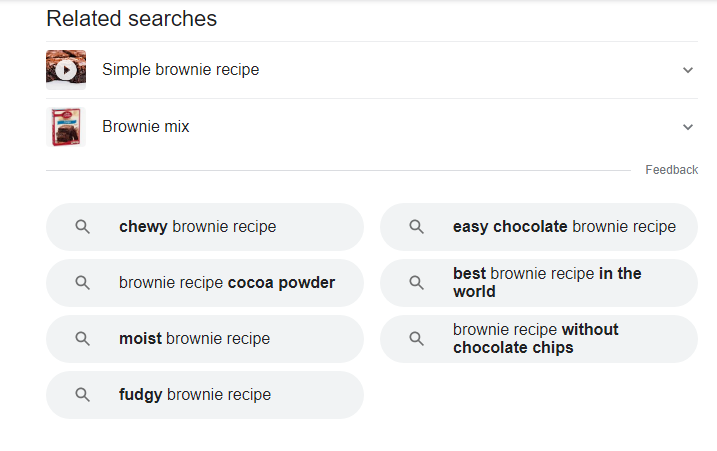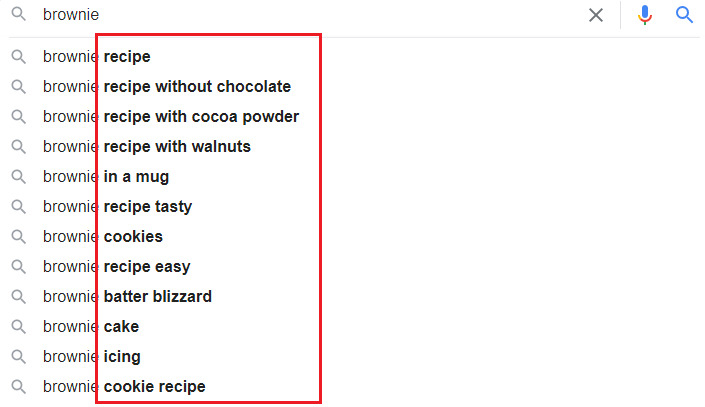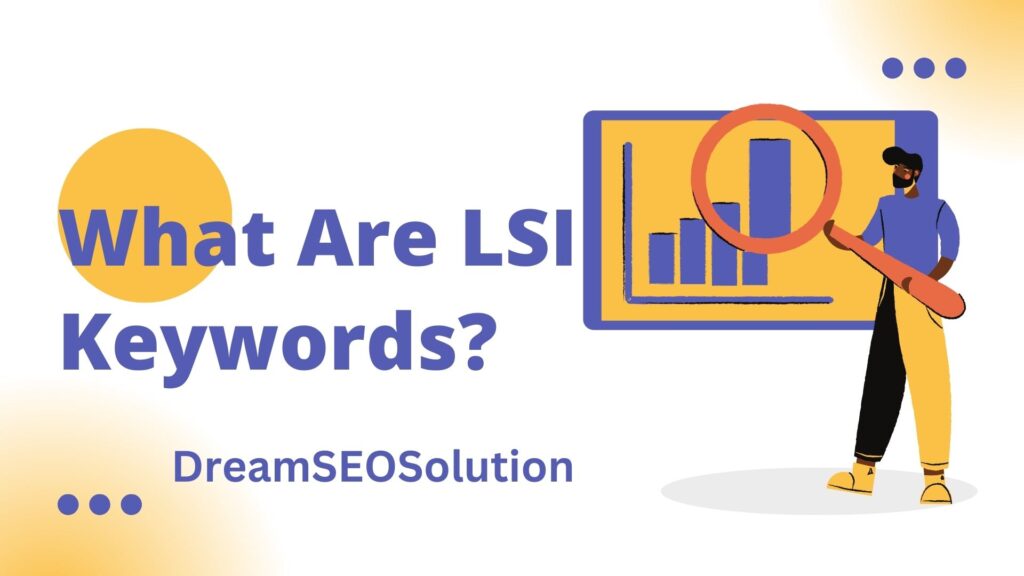In the past, getting ranked on search engines, especially Google, was relatively straightforward. The primary SEO tactic was to use focus keywords in the title and sprinkle them throughout the content to achieve higher rankings and boost organic traffic. However, as competition grew, Google updated its algorithms. Now, merely focusing on keywords isn’t sufficient to secure the desired rank on search engines.
However, the key to adapting to these changes lies in understanding and utilizing LSI keywords. It helps Google bots assess the relevance of your content for users. If you have mastered the basics of writing creative SEO content, it’s crucial to also understand how to effectively use keywords.
Although LSI keywords might seem like an advanced SEO strategy, they are actually simple and easy to grasp. Sit back and relax, because in today’s blog, I will explain what LSI keywords are, their importance, and how you can find them to enhance your SEO Content.
What are LSI Keywords?
According to Backlinko,
“LSI Keywords are conceptually related terms that search engines use to deeply understand the content on a webpage.”
But first, what does LSI stand for? LSI stands for “Latent Semantic Indexing.” In simple terms, relates to your content’s primary keyword. They help Google understand your content more deeply and make it more user-friendly at the same time.
Why Are LSI Keywords Important In 2025?
Understanding why they are important requires a bit of historical context. In the early days of SEO, search engines primarily focused on the keywords used within the content. If you repeated a keyword like “SEO Basics” enough times, search engines would deem the content relevant. Keyword density was a critical factor, and using a focus keyword multiple times helped search engines understand the topic.
However, as competition increased and search engines evolved, this approach became outdated. Today, Google analyzes entire content for relevance before ranking it. This is where they come into play, as they help search engines grasp the deeper context and relevancy of the content.
How LSI Keywords Can Boost Your Organic Search and Traffic?
In recent years, as competition has surged, Google has become smarter. It now analyzes the entire content for relevance before ranking it. LSI keywords are crucial in this process, helping search engines understand the content in-depth and rank it more effectively.
For example, if you write content on “Best SEO Practices,” Google will still check if you’ve used the primary keyword in the title, tags, content, and image alt text. However, it will also scan your content for keywords like “ranking,” “drive traffic,” “generate revenue,” and more. Once Google confirms the relevancy of your topic, it confidently displays your content in SERPs, benefiting users effectively.
How To Find LSI Keywords?
LSI Keywords Are Not Synonyms
After understanding the basics of LSI keywords, it’s important to note that LSI keywords are not merely synonyms. Instead, they are different words and phrases related to the topic.
For instance, if you write about “Brownies,” using synonyms like “pixie” or “cubs” won’t help. Instead, related terms like “chocolate paste,” “eggs,” and “microwave” signal to Google that the content is about “How to Make Brownies.”
Using Related Searches
One of the best places to find LSI keywords is Google itself. When you search for a term like “Brownies,” Google suggests related searches that can serve as excellent LSI keywords. These suggestions reflect what users are searching for, providing valuable insights into additional terms to include in your content.
Here’s an example:

When you search for “Brownies,” Google might suggest terms like “best brownie recipes,” “easy brownie recipes,” or “homemade brownies.” Using these related searches as LSI keywords can help improve your content’s relevancy and SEO performance.
Google Autocomplete
Another powerful tool for discovering LSI keywords is Google Autocomplete, which suggests popular and highly searched terms related to your query. This feature completes your search query based on what most users are searching for. Here’s an example of how Google Autocomplete helped us uncover valuable LSI keywords:

When we typed “Brownie” into Google, the autocomplete suggestions included terms like “best brownie recipes,” “chocolate brownie variations,” and “easy brownie ideas.” These bold words are known as LSI keywords—terms users commonly search for when looking for content related to “Brownie.”
If you find Google Autocomplete insufficient for your needs, consider utilizing other tools like UberSuggest and Keyword Tool. These tools not only provide LSI keywords but also offer comprehensive lists of the most searched terms people use across various search engines.
Keyword Planner
Google Keyword Planner is another effective tool for finding keywords. Originally designed for advertisers, Keyword Planner provides a list of top keywords along with common search terms and phrases. This tool is user-friendly and provides details such as “Average Monthly Searches” and “Competition,” making it easier to identify LSI keywords with high search volumes and low competition.

LSIGraph and LSIKeywords
For those specifically interested, tools like LSIGraph and LSIKeywords are invaluable. These tools are designed to generate based on a keyword of your choice. Simply enter your target keyword, and these tools will generate a comprehensive list of related terms that can enhance your content’s relevance and SEO performance. Both LSIGraph and LSIKeywords are free to use, offering flexibility based on your preference.
Other Methods to Find LSI Keywords
LSI keyword research isn’t limited to traditional search engines or specific tools. Platforms like Semrush also offer advanced keyword research capabilities, helping you discover relevant keywords through tools like the keyword difficulty tool. These tools not only provide up-to-date information but also suggest search terms that users are actively looking for.
Google Image Search
Often overlooked, Google Image Search is a goldmine for LSI keywords. By simply typing your keyword into the search bar, Google Image displays related terms above the image results. This quick and effortless method allows you to extract top search terms that people associate with your keyword.
How to Use LSI Keywords in Content
Now that you’ve learned effective methods for finding LSI keywords, it’s important to understand how to incorporate them into your content strategy. While there are various approaches, integrating them into specific elements of your content can significantly enhance its SEO effectiveness:
Title Tag: Include keywords naturally in your title tag to signal relevancy to search engines.
Image Alt Text: Describe images using LSI keywords to improve image search rankings.
H2 or H3 Subheaders: Use keywords in subheaders to organize content and reinforce topic relevance.
In or Between H1: Incorporate keywords within or around your primary heading to strengthen content context.
Content Body: Integrate keywords naturally throughout your content to enrich its relevance and depth.
Conclusion
While there are numerous methods to discover LSI keywords, we recommend starting with the Google Search bar, especially if you’re new to SEO. Each method mentioned offers unique advantages, so it’s not necessary to use all of them. Choose one that aligns with your content goals and experiment to see what works best for you.
By leveraging this method effectively, you can enhance your content’s visibility and appeal to both search engines and users alike. Remember, the goal is to enrich your content with relevant terms that improve its overall quality and SEO performance.

